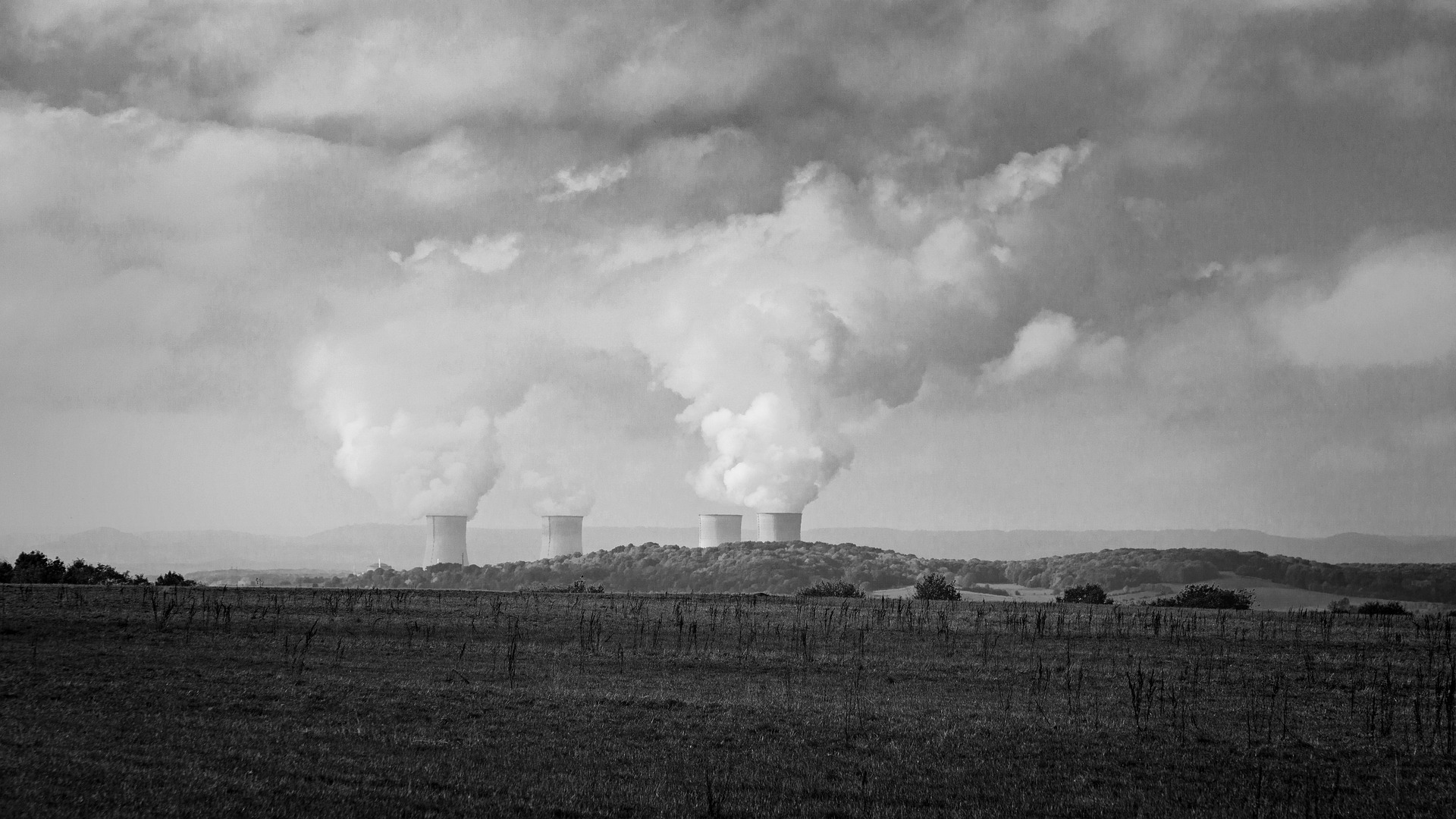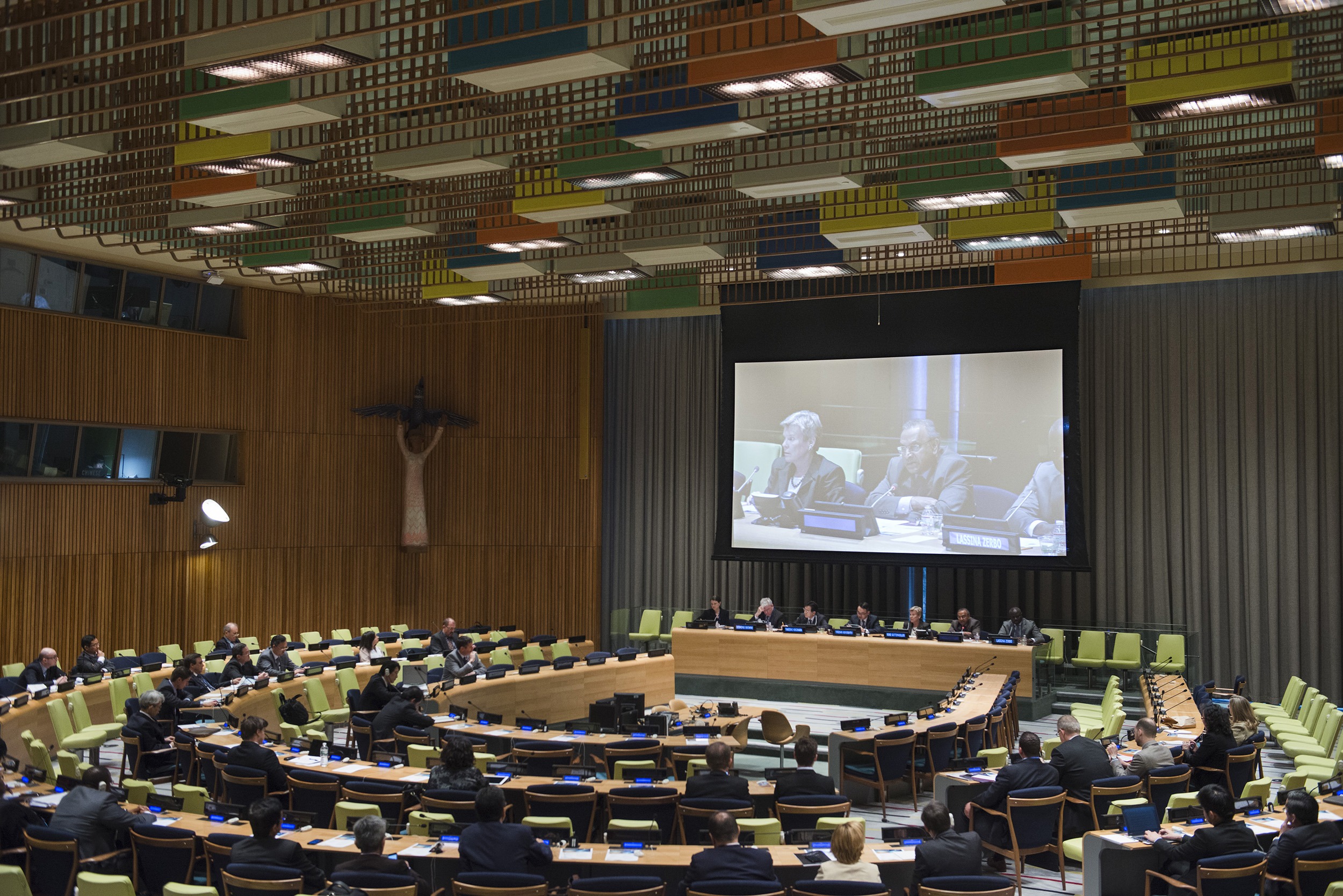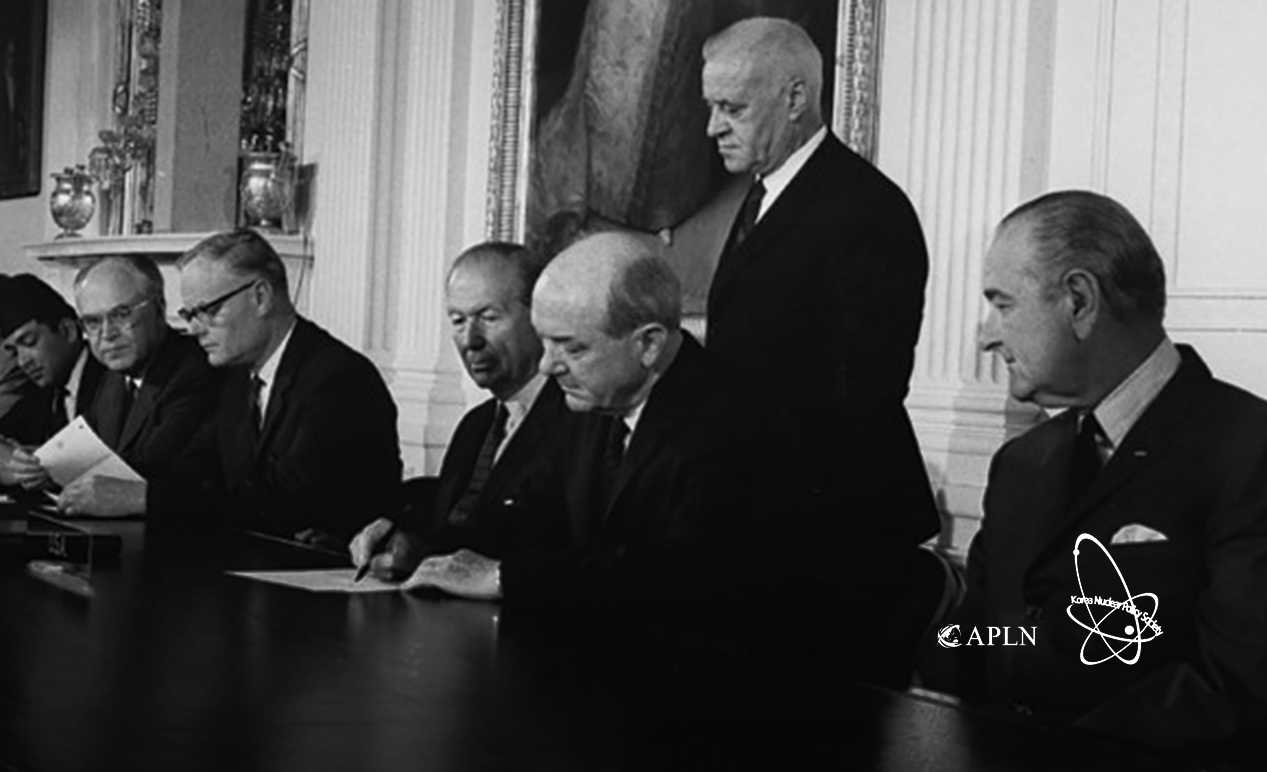Nuclear Disarmament, the NPT and the Ban Treaty
APLN Policy Brief 54
The following is a summary. Click on the adjacent link to download the full brief.
In 50 years, not one nuclear warhead has been eliminated as the result of a bilateral or multilateral agreement concluded under the NPT’s authority. This proven ineffectiveness has discredited the NPT as the sole disarmament framework and fed the exasperation behind the international community’s disarmament breakout through a UN nuclear ban treaty that stigmatizes and prohibits the bomb. The new legal architecture for disarmament is a circuit-breaker in the search for a dependable, rules-based security order outside the limits of what the nuclear-armed countries are prepared to accept because disarmament is of lower priority for them than bolstering and sustaining deterrence indefinitely. The next four priorities are to increase the signatories to all the 122 states that adopted the treaty, to lobby the signatory states to ratify the treaty to bring it into force, to increase the ratifying number to 100 to generate additional normative pressure, and to wean away some NATO and Pacific allies from their dependence on extended nuclear deterrence into signing the ban treaty.
On 26 January 2017, the famous Doomsday Clock was moved to 2.5 minutes to midnight – the closest to zero hour since 1953.1 Four nuclear storylines dominated the year that followed: the becalmed state of nuclear arms control; the adoption of a new UN ban treaty; the start of the five-yearly review cycle for the existing Nuclear Non-Proliferation Treaty (NPT); and North Korea. The clock may well move forward again in January 2018. For a nuclear war, although still not probable, is now a distinct possibility, if not by design then by accident, system malfunction, cyber-terrorism, faulty information or rogue launch.
About the Author
Ramesh Thakur is professor in the Crawford School of Public Policy, The Australian National University and Co-Convenor of the Asia–Pacific Leadership Network on Nuclear Non-Proliferation and Disarmament. His books include Nuclear Weapons and International Security (Routledge, 2015), Nuclear Weapons: The State of Play 2015 (Centre for Nuclear Non-Proliferation and Disarmament, 2015) and The United Nations, Peace and Security: From Collective Security to the Responsibility to Protect, 2nd ed (Cambridge University Press, 2017).
Image: Wikimedia Commons.




